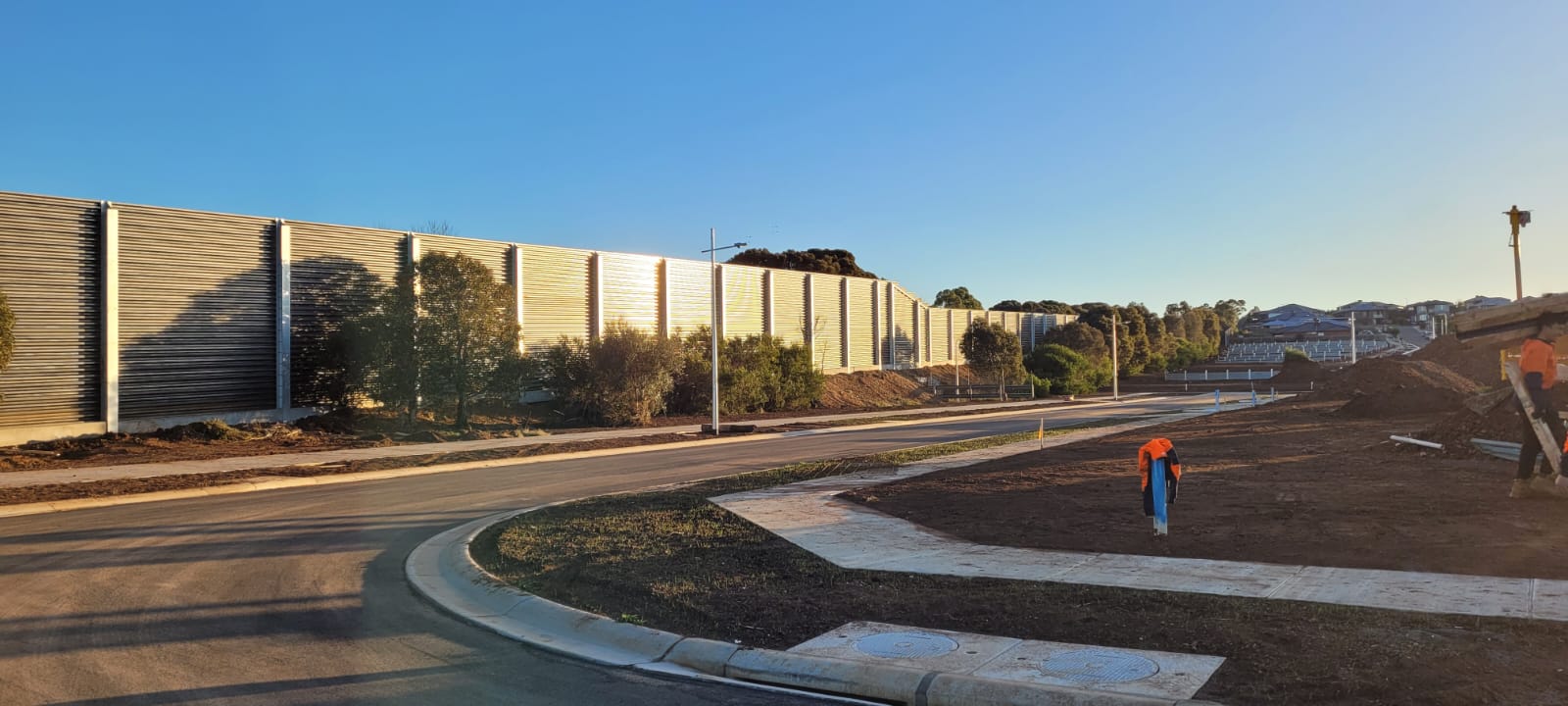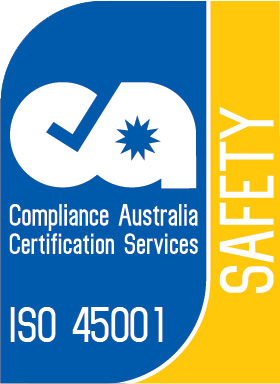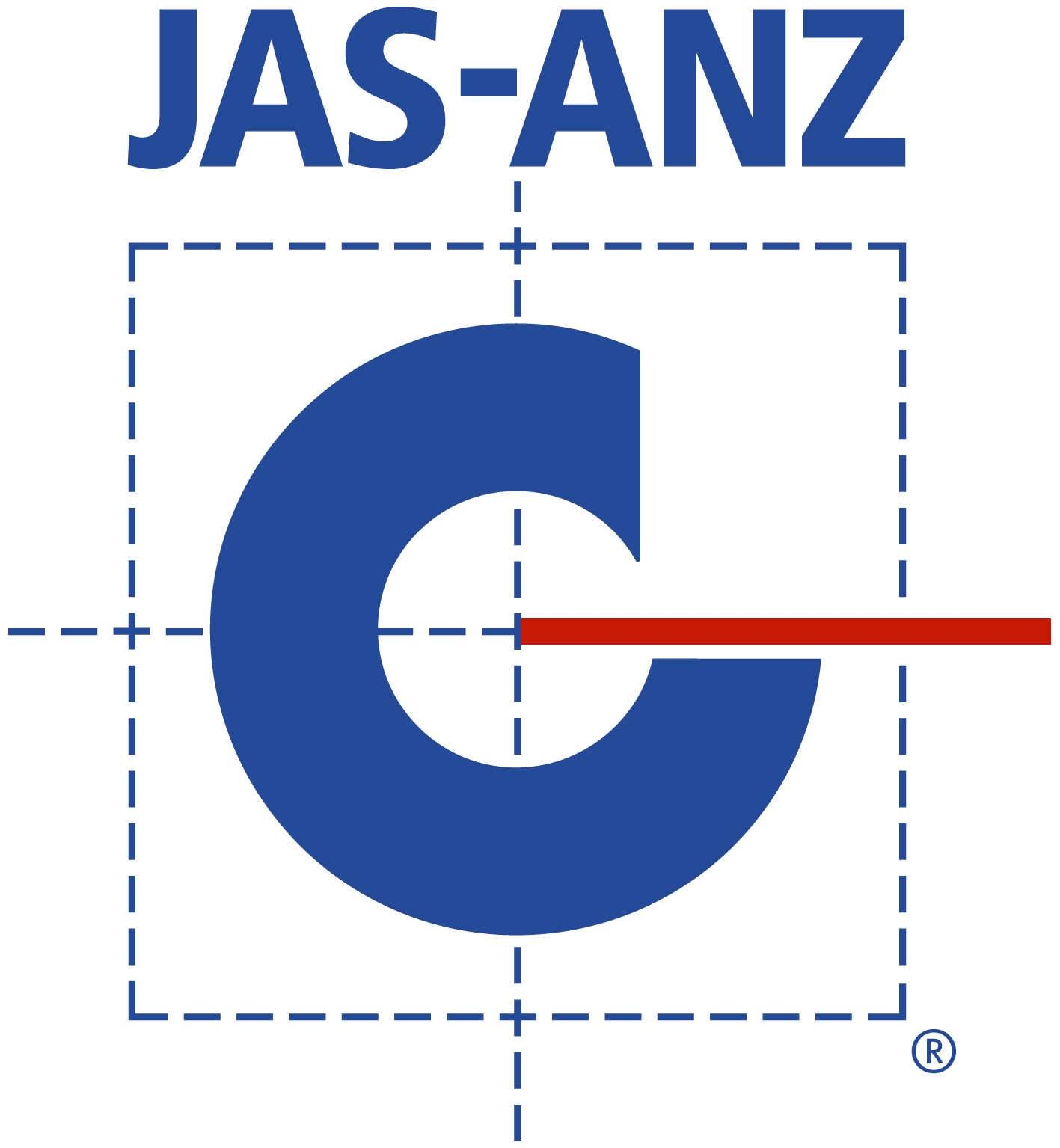Battery Energy Storage Systems (BESS) are now a key part of Australia’s energy mix, but as the number of installations grows, so does the challenge of operational noise.
Each site contains inverters, transformers and cooling systems that run day and night. The result is a steady, low-frequency sound that can travel further than many expect, especially in quiet rural and regional environments. When located near homes or sensitive land uses, this noise can trigger community concern and place projects at risk of non-compliance.
For many utility-scale projects, a purpose-designed noise wall becomes the most reliable way to control this noise and meet Australian regulatory expectations.
Key state frameworks include:
- New South Wales Noise Policy for Industry (NSW EPA, 2017), which sets an intrusiveness criterion of rating background noise level (RBL) plus 5 dB for industrial noise at nearby homes.
- Western Australia Environmental Protection (Noise) Regulations 1997, which set night-time assigned levels around 35 dB(A) for noise-sensitive premises and define a source as significantly contributing when it is within 5 dB of that level at a noise-sensitive location.
- Victoria’s Environment Protection Regulations 2021 and EPA Noise Protocol (Publication 1826.5), which provide detailed methods and limits for commercial and industrial noise at sensitive uses.
- Queensland Environmental Protection (Noise) Policy 2019, which sets acoustic quality objectives and requires the control of background creep at nearby residences.
These frameworks share a common structure: night-time protection at sensitive locations is generally designed to keep industrial and utility noise in the mid-30s dB(A) range, unless local background noise is higher.
Once a BESS reaches a certain capacity, equipment selection and layout alone will usually struggle to consistently meet those limits, which is where physical barriers such as noise walls become important.
Recent Australian research and project experience also recognise that noise has become one of the key environmental challenges for large-scale BESS developments, often requiring dedicated mitigation such as barriers and enclosures.
What a noise wall does for a BESS site
A noise wall for a BESS site is designed to manage sound and, in some cases, to screen the equipment from view. A well-designed wall reduces noise at nearby properties by blocking direct paths between the battery equipment and surrounding homes or rural properties. A noise wall also provides enough mass and continuity to attenuate sound, including lower frequencies from transformers and cooling systems. It needs to be structurally sound and durable, with materials and design suited to local wind, weather and exposure conditions.
Greenbank BESS: a real-world example
Wallmark designed, constructed and certified a steel noise wall for the Greenbank BESS project in Queensland to reduce noise for nearby residents. The 220-metre long noise barrier was constructed using galvanised and zinc painted steel panels at heights between 7.5-8.5 metres, using 2.95 millimetres thick and 38 kilograms per square metre. The project was delivered as a design and construct package with Consolidated Power Projects Australia under Wallmark’s ISO 9001, ISO 45001 and ISO 14001 accredited systems. The wall provides a dedicated barrier to reduce noise from the batteries and help the project meet its compliance requirements.
How Wallmark supports noise reduction on BESS projects
Wallmark has the experience to design, construct and certify noise walls specifically for BESS applications in the Australian regulatory context. We work with developers, consultants, Engineering, Procurement and Construction contractors on BESS projects by providing technical information on noise wall construction, mass and acoustic performance, supporting design teams with specification details and recommended solutions, and operating under ISO-certified systems for safety, quality and environmental management.
If your BESS project requires noise mitigation, contact the Wallmark team on (02) 6057 7600 to discuss our site-specific solutions.







